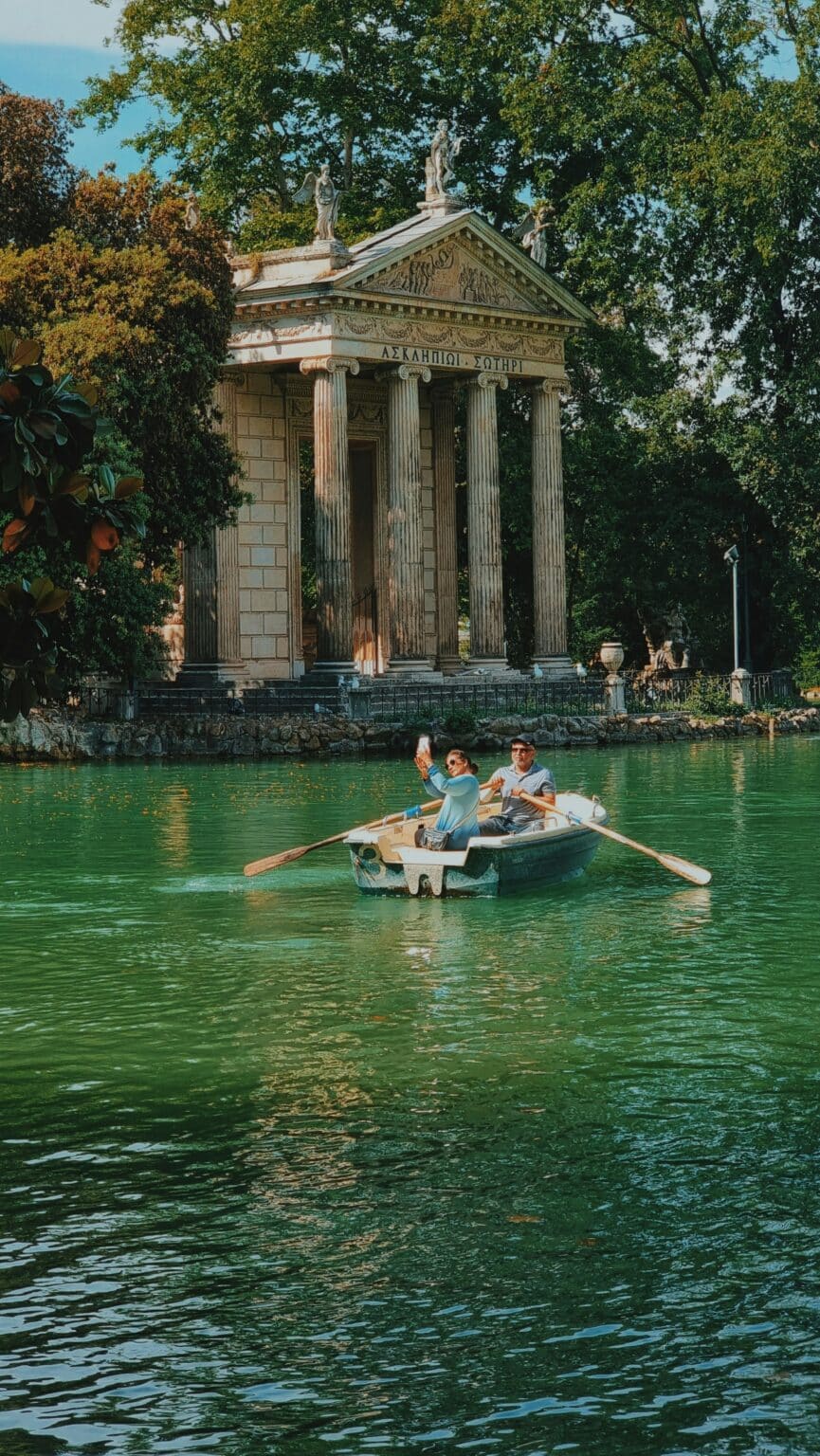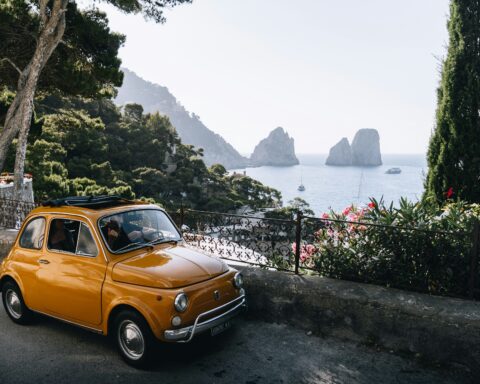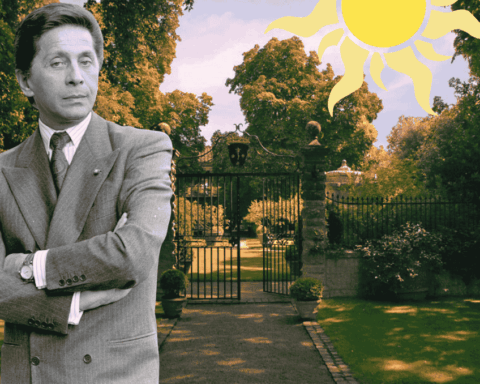It is one of Rome’s most iconic destinations. A cultural and artistic mecca, Villa Borghese is home to some exceptional museums, including the sublime Galerie Borghese, some of whose works are currently on loan to the Musée Jacquemart-André in Paris. All set in 80 hectares of parkland, the green lung of the Italian capital.
Right in the heart of Rome, a stone’s throw from the Tiber and nestling on the Pincio hill, the Villa Borghese is a must-see on any Italian trip. And with good reason. In 1605, Cardinal Scipione Caffarelli Borghese bought a vineyard with the ambition of transforming it into an immense park. At the instigation of this nephew of the Borghese pope, the architects Flamingo Ponzio and Giovanni Vasanzio created sublime gardens, complete with fountains and sculptures.
Rome wasn’t built in a day… and the metamorphosis took no less than 15 years. At the same time as this area was being developed, a villa was built, the famous Villa Borghese. It was completed in 1933. In the 19th century, the park adopted a more English style. Although influential, the Borghese family decided to sell the park to the State at the beginning of the last century, as they could no longer afford the upkeep costs. In 1903, the park became public, welcoming the whole of Rome and travellers from all over the world.
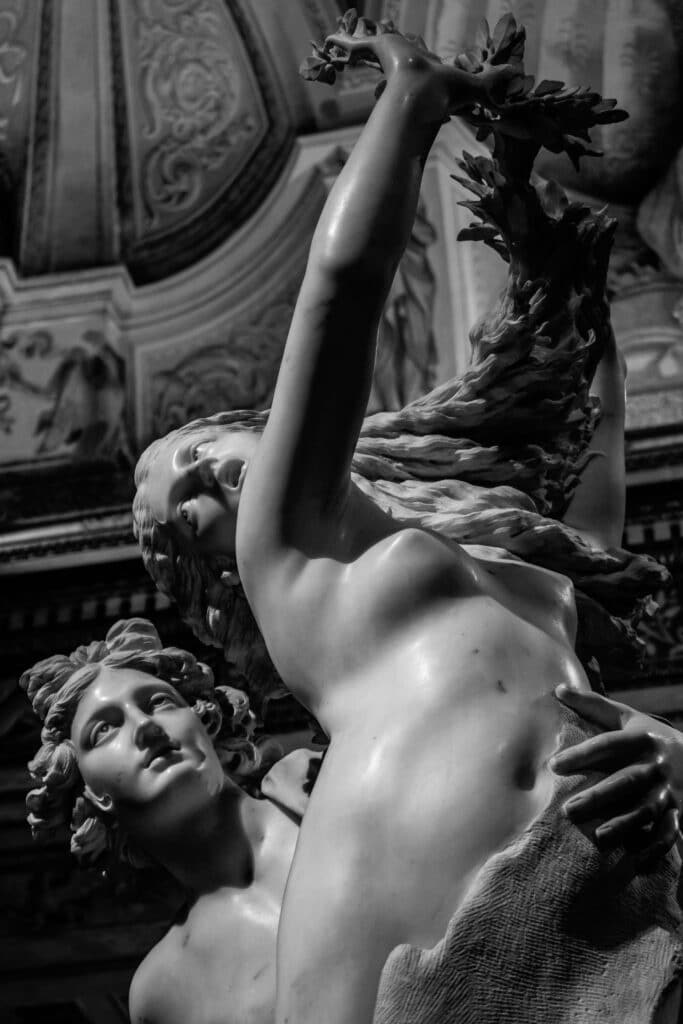
A historic and cultural site
The park covers 80 hectares and is covered in countless trees. Whether you’re taking a boat trip, a bike ride or a walk, the park is a great place to take your time and make the most of the calm that has been preserved from the hustle and bustle of the capital. Not to mention the fact that it’s hard to get bored here.
Young and old alike can visit the Bioparco zoo. Giraffes, rhinoceroses, snakes, elephants, pochas, fennecs, leopards, tortoises… The zoo is home to over 200 species of animal, including rare species such as Sumatran tigers and Komodo dragons.
The Piazza di Siena, meanwhile, is the venue for horse training and even horse races such as the International Horse Show. A beautiful sight to enjoy in the Italian sunshine.
Numerous monuments and buildings can be found here, combining a bucolic escape with a cultural visit. There are a number of ancient sculptures, the Pincio water clock, the Cinema dei Piccolli, the Pinciano obelisk, the Temple of Diana and the Fountain of the Seahorses.
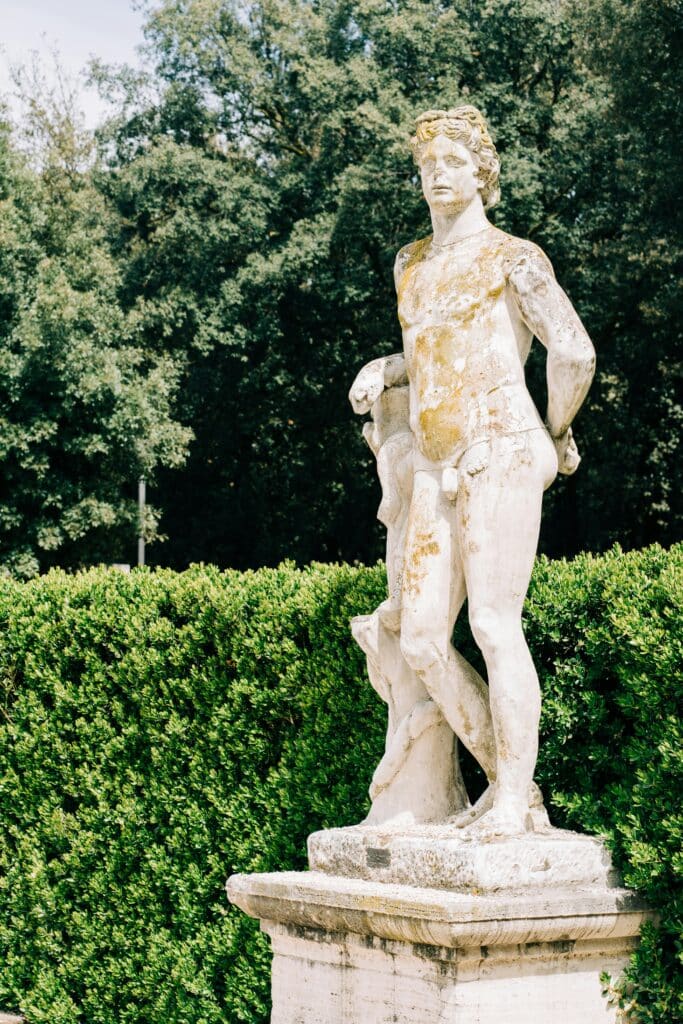
The eighteenth-century Temple of Aesculapius, dedicated to the god of medicine, stands on the shores of Lake Laghetto. Not far away, a small church, the Chiesa Santa Maria Immacolata, was built at the end of the eighteenth century. It is recognisable by its impressive entrance made up of four large columns. Masses and even weddings are held here.
There are also a number of museums. Villa Giulia, the 16th-century summer residence of Pope Julius III, is dedicated to Etruscan art, the period preceding the Roman era. A former sixteenth-century manor house built by the Grand Duke of Tuscany, Villa Medici has been home to the French Academy in Rome since 1803. From the terraces you can admire a panoramic view of the capital. Viale delle Belle Arti is home to pavilions from the 1911 Universal Exhibition, including the National Museum of Modern and Contemporary Art. Mainly Italian artists are on show, with over 5,000 paintings and sculptures spread over 75 rooms.
The Borghese Gallery
There are many museums in the park, but the best known is undoubtedly the Galleria Borghese, with one of the most important private art collections in the world, part of the estate of Cardinal Scipione Borghese. From Antiquity to the Renaissance, the architecture of the museum alone is a feast for the eyes. The 20 rooms of the museum are adorned with gilded ornaments, marble columns and ceilings that are veritable paintings. Your eyes are immediately captivated by the detail of the rooms and the finesse of the decoration, worthy of the finest royal palaces.
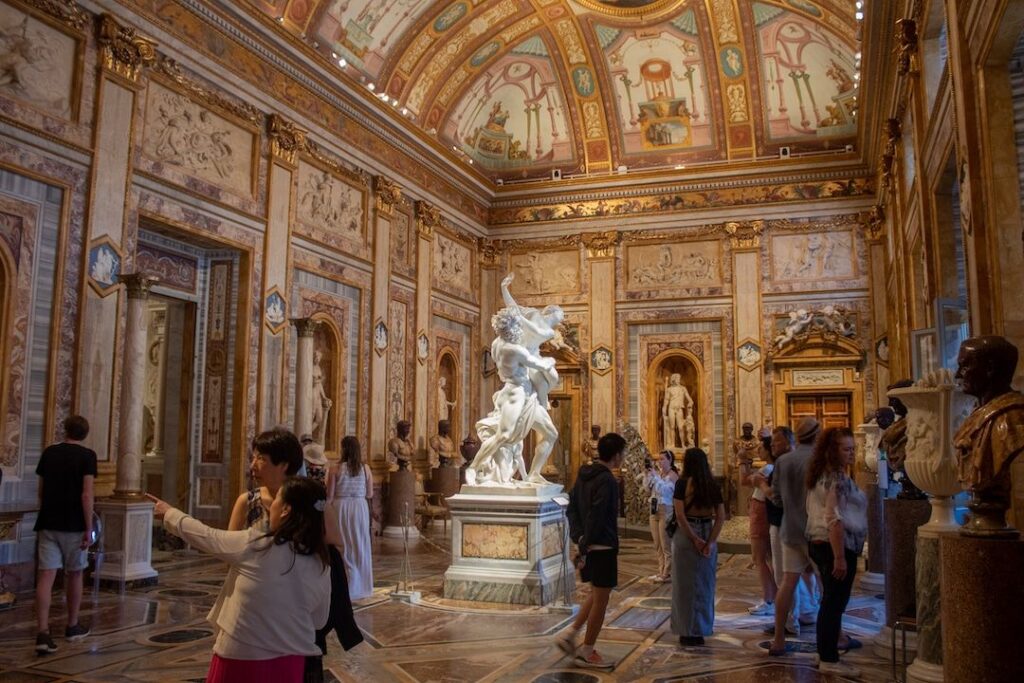
Among the most famous works in the gallery is Apollo and Daphne, a sculpture by the artist Bernini created between 1622 and 1625. It is one of a group of four statues, along with Aeneas, Anchises and Ascanius (1619-1620), Pluto and Proserpine (1621-1622) and David (1623-1624), all of which are on display at the Museo Borghese.
Caravaggio’s mythical painting David with the Head of Goliath, dating from the early 17th century, is also part of the ensemble. This oil painting depicts David, his face scarred, holding the severed head of his enemy Goliath by the hair.
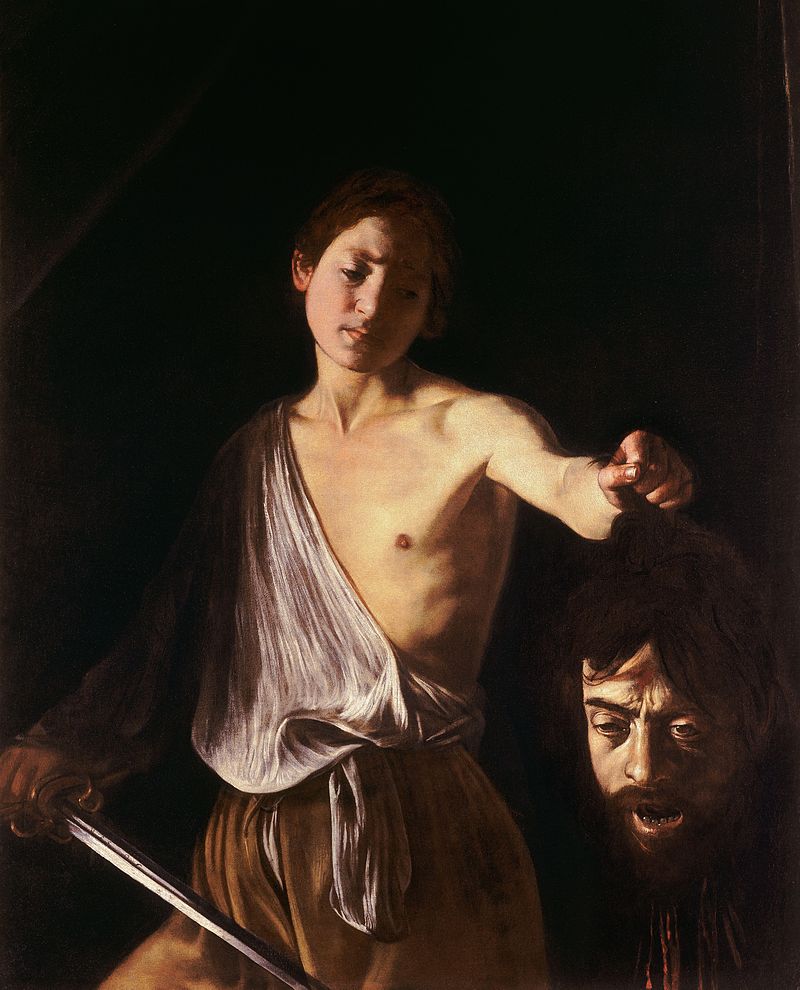
There is also the Venus Victrix, a sculpture by Antonio Canova nicknamed the Borghese Venus, whose model was Princess Pauline Bonaparte Borghese. There are also works by Titian, Bernini and Raphael, such as the Borghese Deposition illustrating Christ’s descent from the Cross after his death.
The Galerie Borghese collection in Paris
But it is also currently possible to enjoy some of these marvels. Until 5 January 2025, the Jacquemart-André museum, dedicated to the fine and decorative arts and located in the 8th arrondissement of Paris, is presenting around forty works from the collection of the Galerie Borghese. An opportunity to admire these paintings and sculptures, rarely loaned abroad.
The greatest names in Italian art from the 16th and 17th centuries are on show, including Raphael, Antonello da Messina, Parmesan, Lorenzo Lotto, Titian, Veronese, Caravaggio and Bernini, as well as northern painters who lived in Italy, such as Rubens and Gerrit von Honthorst. The exhibition also pays tribute to lesser-known painters such as Annibal Carracci, Guido Reni, the Cavalier d’Arpin and Jacopo Bassano.
An exclusive visit you should book now!
Read also > Discovering Forte de Marmi, Italy’s Saint-Tropez
Featured photo : © Deiziane Silva – Unsplash




